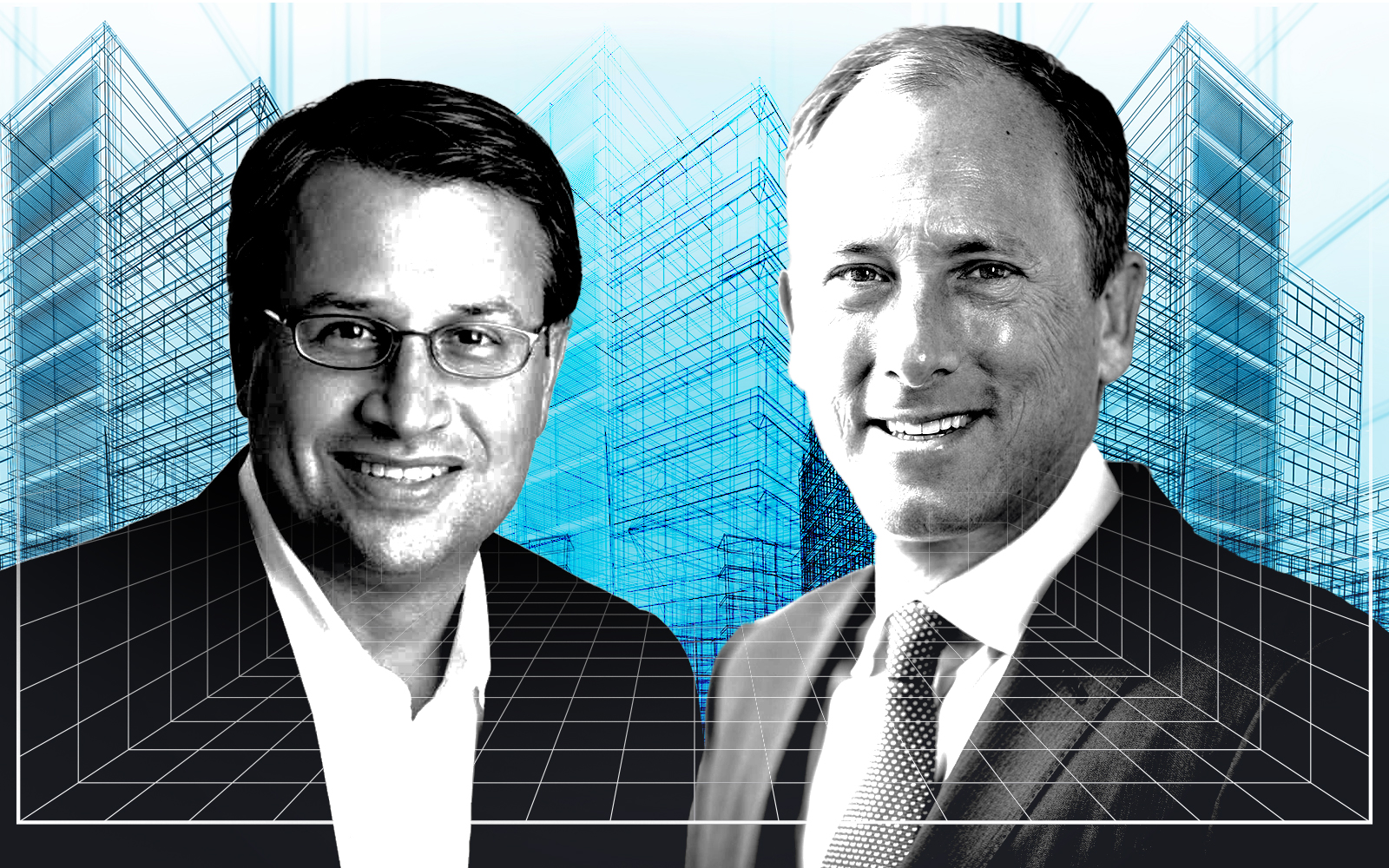Apartment developments are sprouting up all over Austin, but there might not be enough renters to fill all of them.
Austin ranks eighth in the country for most multifamily units under construction, with more than 120,000 units in the development pipeline, Community Impact reported, citing a report from ALN Apartment Data. More than 15,000 apartment units have already been delivered this year.
New residents have flocked to Austin, prompting a number of apartment projects throughout the city. While the influx of supply helped stabilize soaring rents — dropping from an average monthly rate of $1,622 in 2022 to $1,594 in 2023 — developers now face the challenge of high vacancy rates.
In September, nearly 20,000 more multifamily units were delivered than leased. As projects initiated between 2021 and 2024 reach completion, construction activity could dwindle by 2025 or 2026, decreasing the likelihood of healthy rent growth, according to ALN market analyst Jordan Brooks.
“There’s so much up in the air right now in terms of the economy, but certainly over the next six or nine months it’s hard to see how occupancies are going to bounce back in a positive direction,” Brooks told the outlet. “If that doesn’t happen, then it’s hard to see how rent growth would really reverse course either.”
There are roughly 36,000 vacant multifamily units in the Austin metropolitan area, a number that could potentially increase during the winter and spring when demand typically wanes.
Demand could rebound by spring 2024, but that is contingent on various economic factors, such as the labor market and the impact of student loan payments restarting, Brooks said.
If there’s a drop in apartment construction as expected, it’s unclear how it would affect rental rates in the city. The current construction pipeline is expected to remain active through 2025, indicating that residents may not feel the impact on rent for a few years.
—Quinn Donoghue
Read more



